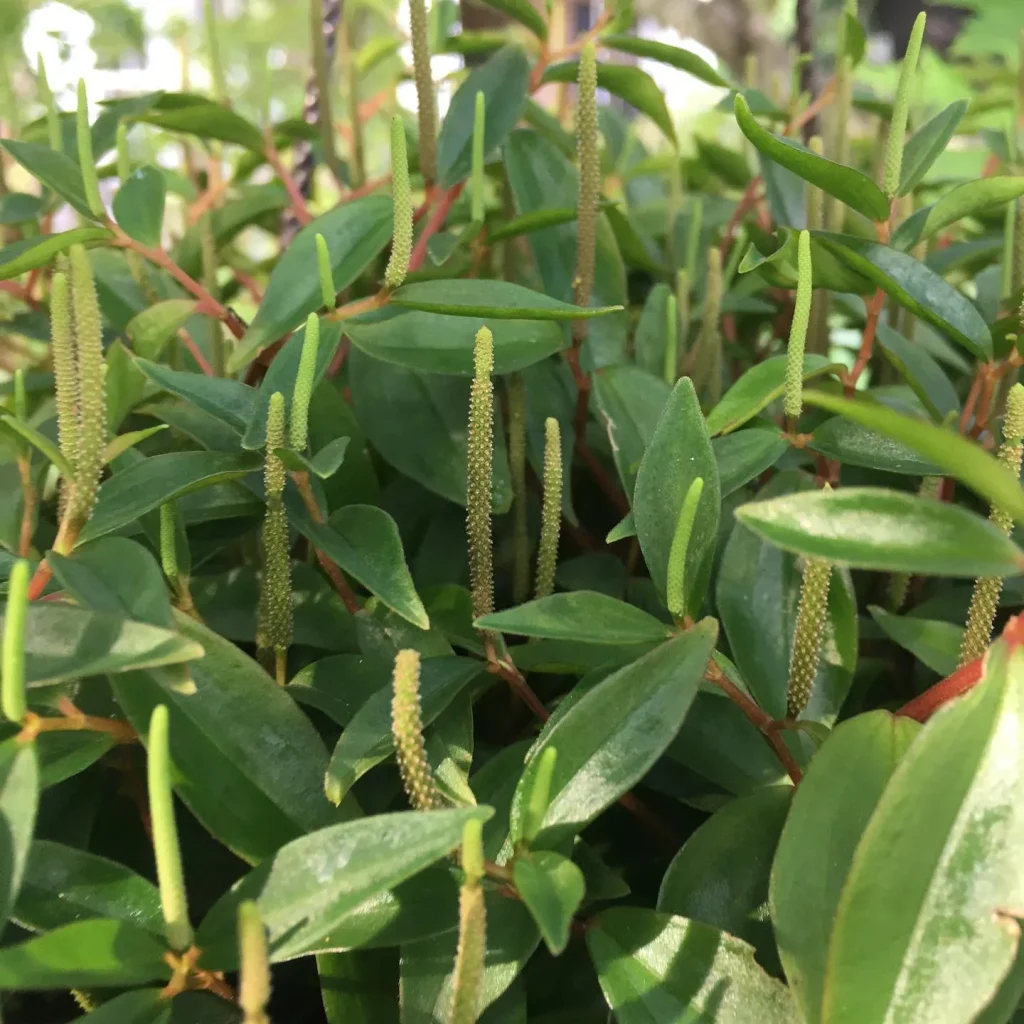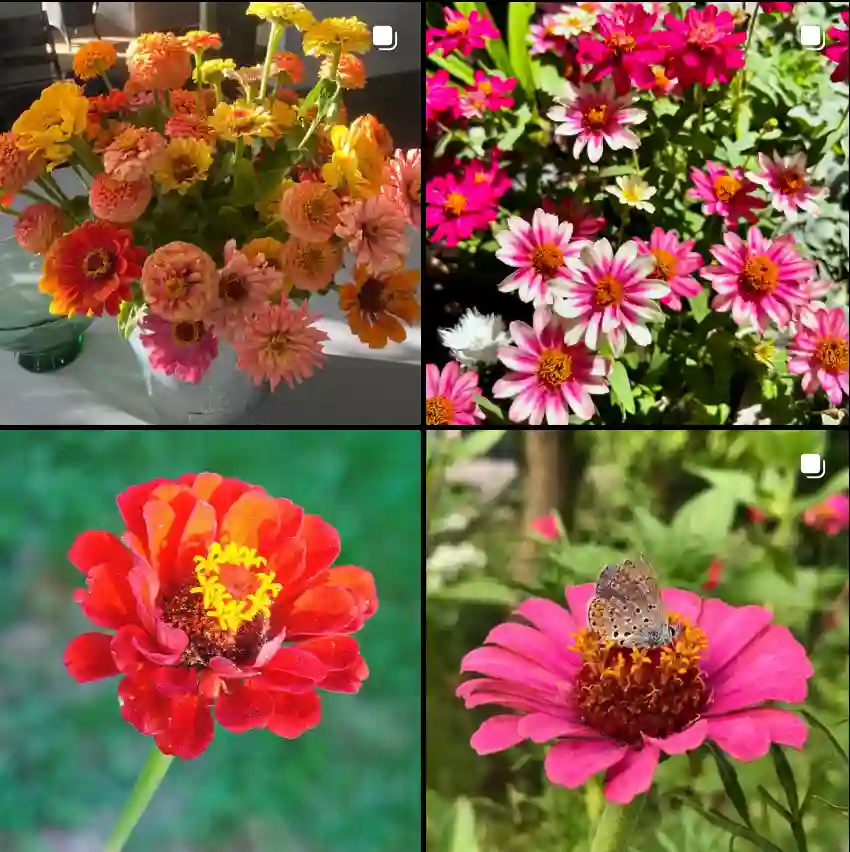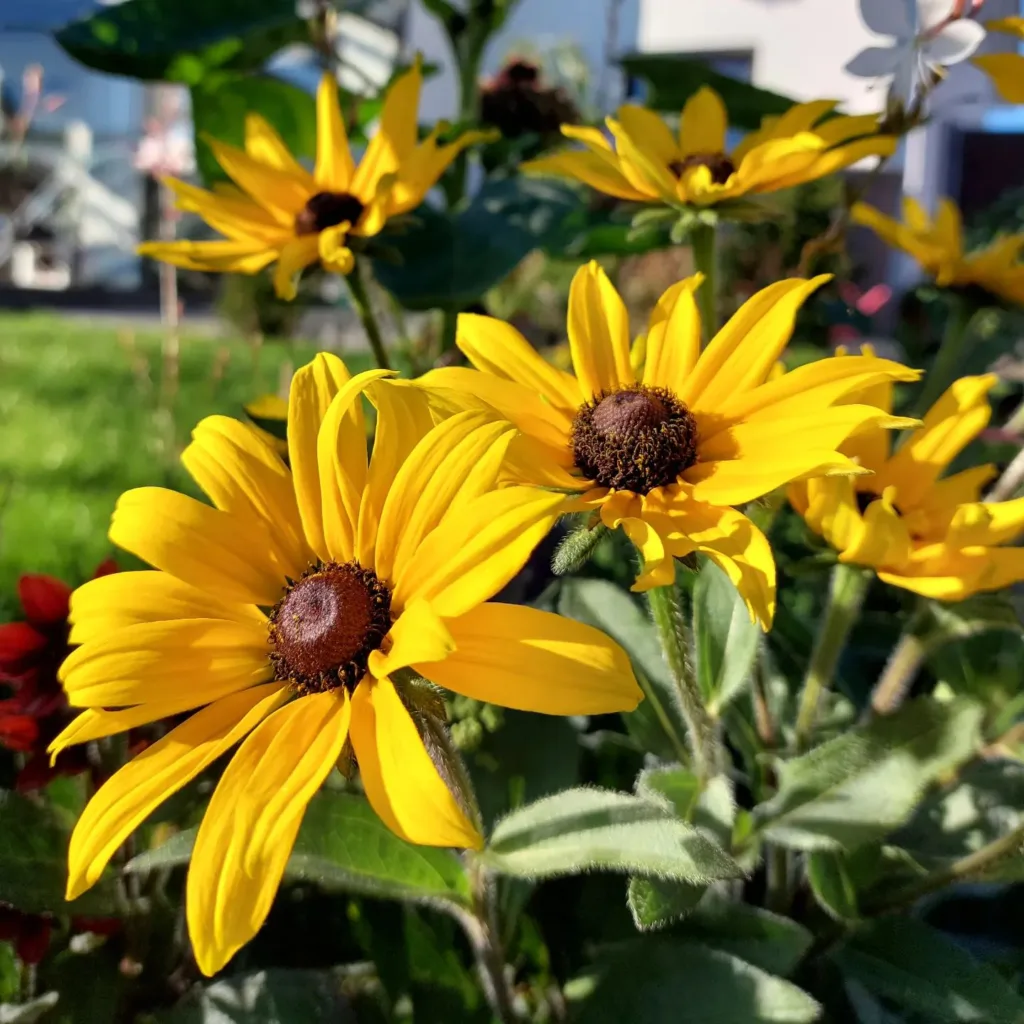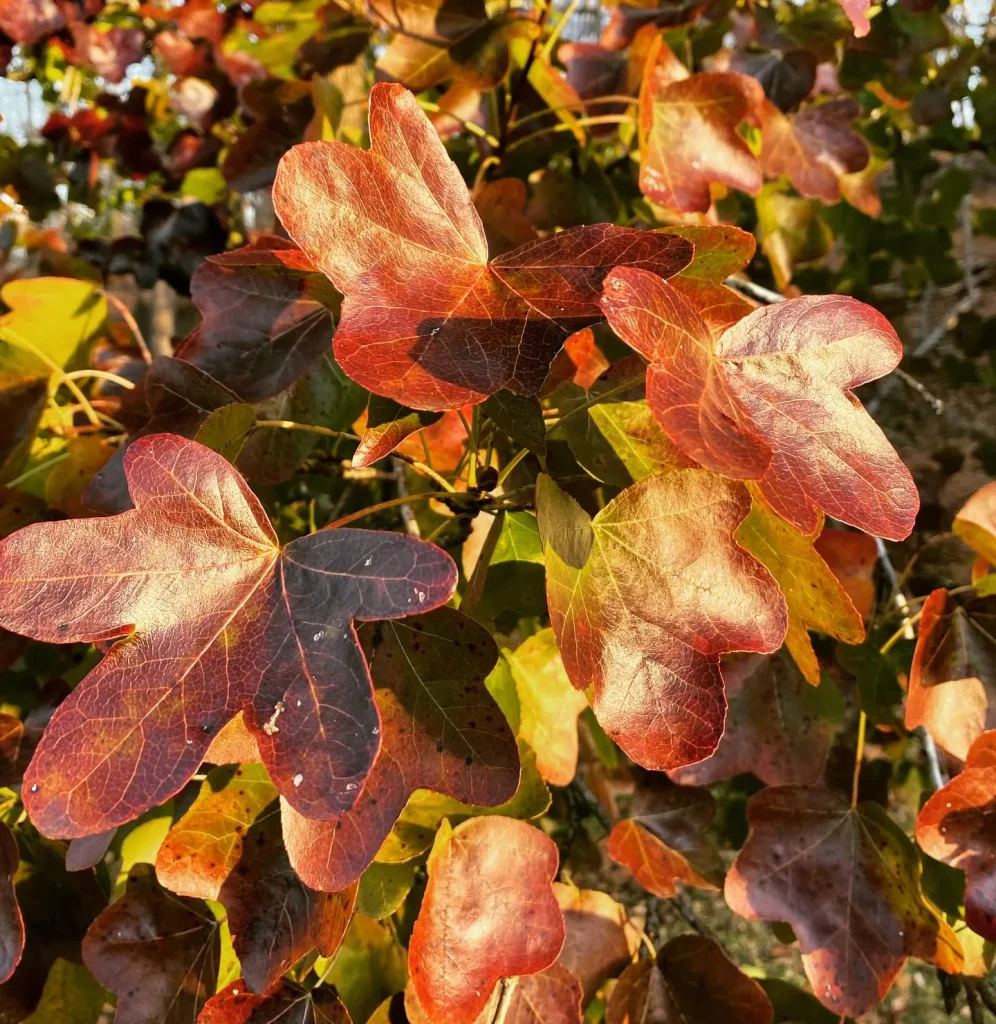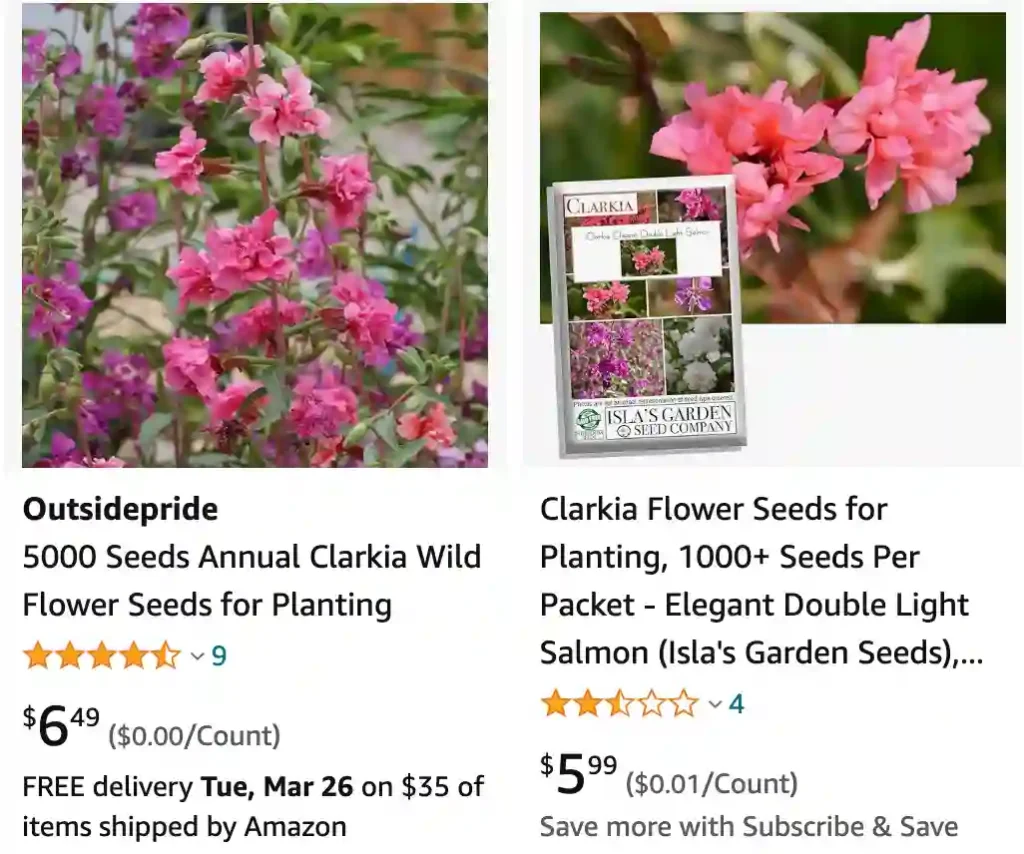
Clarkia: A Floral Love Affair
My name is Ferb Vu, and I have a confession to make: I’m utterly captivated by the genus Clarkia from the Onagraceae family. These delicate wildflowers, native to western North America, have won my heart with their vibrant colors, intricate petals, and effortless grace. They’re like tiny dancers in the breeze, each bloom a fleeting masterpiece.
Perhaps my fascination stems from their ephemeral nature. Clarkia are annuals, meaning their life cycle is completed within a single year. They emerge with the spring rains, paint the hillsides with their beauty, and then vanish as quickly as they came, leaving behind only the promise of their return. This fleeting existence makes their presence all the more precious.
A Diverse Family
The Clarkia genus boasts over 40 recognized species, each with its own unique charm. Here are:
- Clarkia affinis F.H.Lewis & M.E.Lewis
- Clarkia amoena (Lehm.) A.Nelson & J.F.Macbr. Plant FAQs: Clarkia Amoena
- Clarkia arcuata (Kellogg) A.Nelson & J.F.Macbr.
- Clarkia australis E.Small
- Clarkia biloba (Durand) A.Nelson & J.F.Macbr.
- Clarkia borealis E.Small
- Clarkia bottae (Spach) F.H.Lewis & M.E.Lewis
- Clarkia breweri (A.Gray) Greene
- Clarkia concinna (Fisch. & C.A.Mey.) Greene
- Clarkia cylindrica (Jeps.) F.H.Lewis & M.E.Lewis
- Clarkia davyi (Jeps.) F.H.Lewis & M.E.Lewis
- Clarkia delicata (Abrams) A.Nelson & J.F.Macbr.
- Clarkia dudleyana (Abrams) J.F.Macbr.
- Clarkia epilobioides (Nutt.) A.Nelson & J.F.Macbr.
- Clarkia exilis F.H.Lewis & Vasek
- Clarkia franciscana F.H.Lewis & P.H.Raven
- Clarkia gracilis (Piper) A.Nelson & J.F.Macbr.
- Clarkia heterandra (Torr.) F.H.Lewis & P.H.Raven
- Clarkia imbricata F.H.Lewis & M.E.Lewis
- Clarkia jolonensis Parn.
- Clarkia lassenensis (Eastw.) F.H.Lewis & M.E.Lewis
- Clarkia lewisii P.H.Raven & D.R.Parn.
- Clarkia lingulata F.H.Lewis & M.E.Lewis
- Clarkia mildrediae (A.Heller) F.H.Lewis & M.E.Lewis
- Clarkia modesta Jeps.
- Clarkia mosquinii E.Small
- Clarkia prostrata F.H.Lewis & M.E.Lewis
- Clarkia pulchella Pursh
- Clarkia purpurea (Curtis) A.Nelson & J.F.Macbr.
- Clarkia rhomboidea Douglas
- Clarkia rostrata W.S.Davis
- Clarkia rubicunda (Lindl.) F.H.Lewis & M.E.Lewis
- Clarkia similis F.H.Lewis & W.R.Ernst
- Clarkia speciosa F.H.Lewis & M.E.Lewis
- Clarkia springvillensis Vasek
- Clarkia stellata Mosquin
- Clarkia tembloriensis Vasek
- Clarkia tenella (Cav.) F.H.Lewis & M.E.Lewis
- Clarkia unguiculata Lindl. Plant FAQs: Clarkia Unguiculata
- Clarkia virgata Greene
- Clarkia williamsonii (Durand & Hilg.) F.H.Lewis & M.E.Lewis
- Clarkia xantiana A.Gray
Godetia vs Clarkia
When comparing Godetia and Clarkia, I find Godetia’s vibrant, cup-shaped flowers add a cheerful burst of color to my garden, while Clarkia’s delicate, papery blooms have a more subtle charm that grows on me over time.
Clarkia vs Poppy
Clarkia’s dainty flowers and ease of care make them a delightful addition to my garden, but poppies always steal the show with their bold, dramatic blossoms and the way they sway in the breeze.
Do you pinch clarkia?
You absolutely can pinch clarkia! Pinching them is a great technique to encourage bushier growth and more blooms. Here’s a breakdown of why pinching works and how to do it effectively:
Benefits of Pinching Clarkia:
- Bushier Plants: Pinching encourages the plant to branch out from the main stem, resulting in a fuller, bushier appearance.
- More Flowers: By pinching the main stem, you’re stimulating the growth of lateral buds which will eventually produce flowers. This can lead to a more impressive flower display overall.
How to Pinch Clarkia:
- Timing: The best time to pinch clarkia is when the plants are young, ideally when they’re a few inches tall.
- Locate the Pinch Point: Look for a set of leaves on the main stem.
- Make the Cut: Using sharp pruners or scissors, carefully pinch off the tip of the stem just above the chosen set of leaves. Aim for a clean cut.
Additional Tips:
- You can pinch clarkia once or twice during the growing season.
- Don’t pinch off too much material – a small snip above the leaves is sufficient.
- Pinching won’t harm the plant, in fact, it will ultimately benefit its growth and flower production.
By following these tips, pinching your clarkia can help you achieve a beautiful, full plant with an abundance of flowers.
Does clarkia self seed?
Clarkia Self-Seeding: Yes, Clarkia is a champion self-seeder! If you let some flowers go to seed at the end of the season, they will readily drop seeds that germinate in the spring. This can be a great way to have Clarkia returning to your garden year after year.
How to grow clarkia? How to plant clarkia seeds?
Growing Clarkia: Clarkia is a relatively easy flower to grow from seed. Here’s a quick guide:
- Timing: Sow Clarkia seeds directly outdoors in the spring after the danger of frost has passed. In some mild climates, you can also sow seeds in the fall for overwintering and earlier spring blooms.
- Light: Choose a location that gets full sun or partial shade.
- Soil: Amend the soil with some compost or organic matter for good drainage.
- Planting: Sow seeds about 1/4 inch deep and keep the soil moist until germination, which usually takes about 1-2 weeks.
- Thinning: Once the seedlings are a few inches tall, thin them to about 12-18 inches apart to allow for good air circulation.
Is clarkia a perennial?
Clarkia as a Perennial: Clarkia is typically grown as an annual, meaning it completes its life cycle in one growing season. However, in some mild climates with well-drained soil, it might reseed itself and come back year after year, acting somewhat like a short-lived perennial.
Is clarkia deer resistant?
Clarkia and Deer Resistance: Deer generally aren’t too interested in Clarkia, so it can be a good choice for a deer-resistant flower garden.
How to collect clarkia seeds?
Collecting Clarkia Seeds: To collect Clarkia seeds, let a few flowers dry on the plant. The seed capsules will turn brown and papery when the seeds are mature. You can then snip off the seed heads and store the seeds in a cool, dry place for planting next season.
Can clarkia be grown in containers?
Clarkia in Containers: Clarkia can definitely be grown in containers! Just choose a pot with good drainage holes and use a well-draining potting mix. Make sure the container is large enough to accommodate the mature size of the Clarkia variety you’re planting.
Can clarkia grow in Montana?
Clarkia in Montana: Clarkia can grow well in Montana, especially in the western part of the state where the climate is milder. Just be sure to plant them after the last frost date and choose a location with good sun exposure.
Can i grow clarkia seeds in Texas?
Clarkia Seeds in Texas: Yes, you can grow Clarkia seeds in Texas! In fact, with its mild winters, Texas can be a great place for Clarkia. Plant them in the fall or early spring for beautiful summer blooms. Just be sure to water them regularly during hot, dry periods.
If i die, water my plants!
